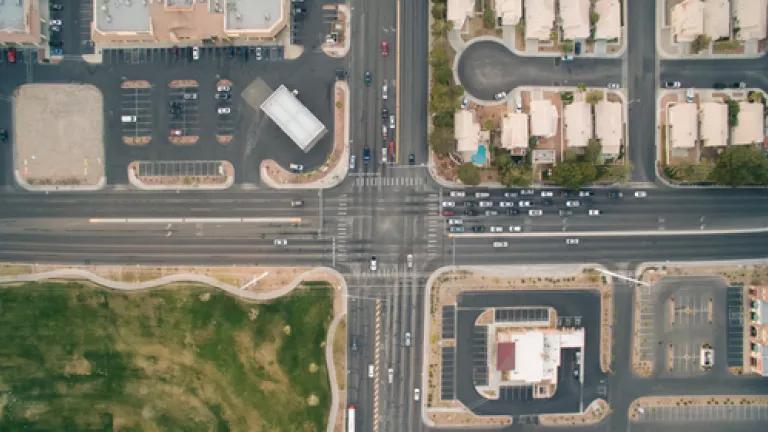
Sometimes there are enough signs telling you that you need to pay attention to something that you finally listen.
In this case, there are five:
- Unrest in Ferguson, Missouri, that revealed in stark detail how we create segregated places in America.
- Uprisings in Baltimore and elsewhere that showed Ferguson wasn't an isolated incident.
- Harvard research providing data for what we've suspected for a long time: The environment in which people grow up affects the course of their lives.
- A Supreme Court decision upholding the Fair Housing Act.
- New HUD rules designed to repair what had become broken in the act.
We have an opportunity to "grab this moment," as Washington Post reporter Emily Badger put it while moderating the Daniel Burnham "Big Ideas" Forum as part of the American Planning Association's Policy and Advocacy Conference.
And grab it we must.
Slums on rise
When you learn that from the year 2000 until now the number of people living in high-poverty neighborhoods in the United States has nearly doubled - from 7.2 million to 13.8 million - the circumstances that can spark another "Ferguson" become more understandable.
While larger cities may be experiencing an urban resurgence, this growth in poverty is concentrated in medium and smaller cities, according to panelist Paul Jargowsky, professor of public policy at Rutgers University and the author of new research on civil unrest, the concentration of poverty and public policy.
Rebuilding such cities instead of abandoning them is the key to the future, with that rebuilding done in a way that doesn't hurt current residents and reinforce the segregation that is encouraged by decades of suburbanization and exclusionary zoning - the architecture of segregation, as Jargowsky calls it.
They've done it in Atlanta, which in 1994 was the second poorest city in the country, said Renee Lewis Glover, former head of the Atlanta Housing Authority, by understanding that improving city neighborhoods is not a zero-sum game. The economically advantaged do not need to isolate themselves in urban bubbles of affluence to live in a city core. Expectations for productive and prosperous lives can be high for everyone.
The most insulting thing we do as a society is decide "this group can't and this group can," she said, adding we need to "all get over ourselves" and understand that mixed-income, mixed-use integrated communities are communities of opportunity for all. "All human beings want the same opportunity for their children."
The next time you find yourself thinking it's normal that poor people of color live in ghettos, think again. It's not. When people live in mixed-income, mixed-use neighborhoods their lives are enhanced and their children thrive - all their children.
Cities under siege
Such an approach is part of urban resilience, and this is where I come in. I was part of the forum because what city planners, urbanists and city residents are coming to understand is that they are the natural allies of environmentalists as cities fight to survive, adapt and grow in the face of persistent stress. My job is to bring the environmental to the "people" level and think about who really gets hurt by climate change and how that connects with inequality.
When cities flood, when record heat and pollution threaten health and when drought sends food prices up - all due to climate change -- who suffers most? Those same neighborhoods we've been talking about.
About 70 percent of climate pollution globally comes from cities, so if we don't make cities part of the solution we're never going to get there. The impacts of climate change are real and those impacts affect the most vulnerable people disproportionately, meaning that there is tremendous alignment between who is hurt by climate change and inequitable development.
Sustainability, fighting poverty go together
Fighting poverty goes hand in hand with the wise use of our natural resources, and forming coalitions that understand this connection is the key to discovering an America of opportunity, optimum health and economic vitality that is no longer segregated - maybe not by laws - but by tradition and fear.
We know how to build communities both environmentally appropriate and inclusive. We do know solutions. There's a real convergence here. Many of the same solutions that fight inequality fight environmental pollution.
As Glover told it so well, cities that are planning and are inclusive are positioning themselves to be more competitive. Inclusive housing "attracts the creative class, students. We're no longer bounded by income and segregation issues. We just need to let go of that and start thinking about how are we going to position our cities to be fun places to be."
And, as she noted, this may be one of our last chances to correct these inequities, to fully commit to embracing this inclusive approach as we forge ahead into a more pluralistic United States with more diversity than ever. It's rare that the signs - noted above - have been so obvious.

